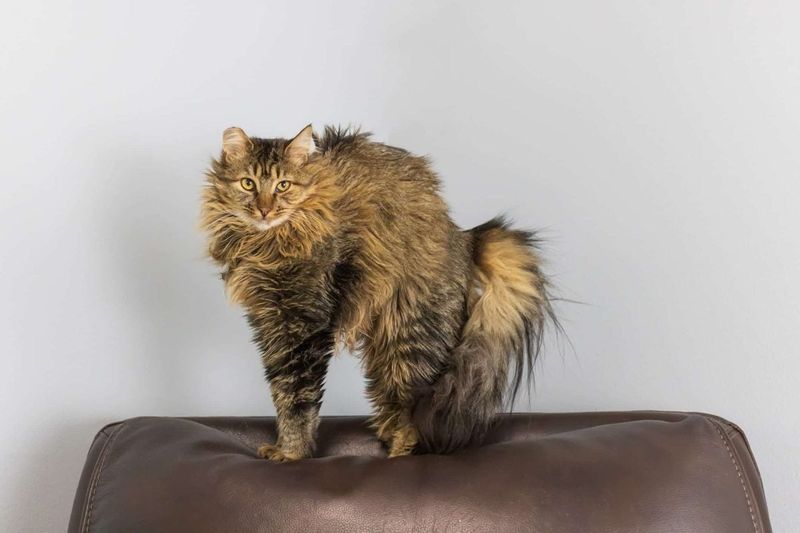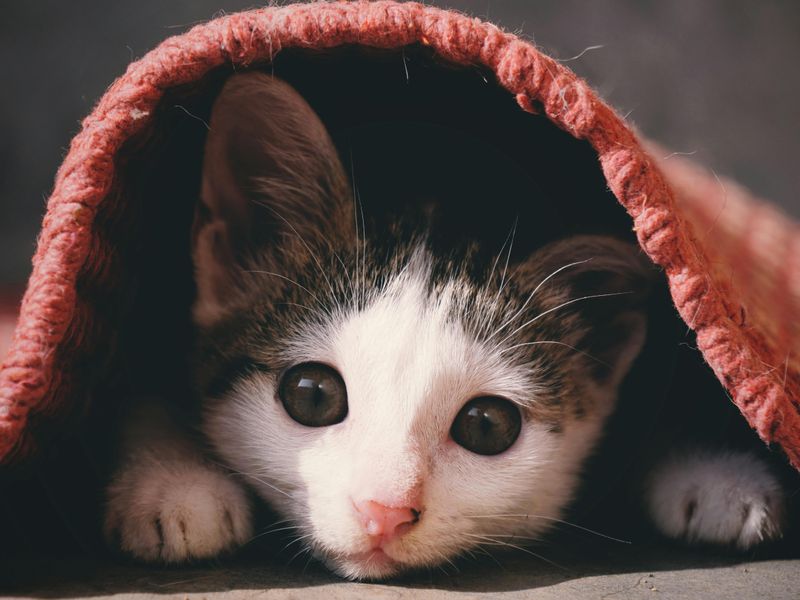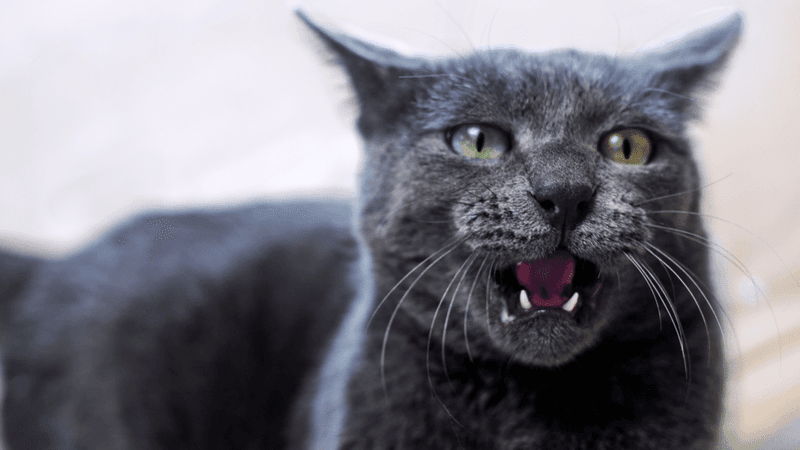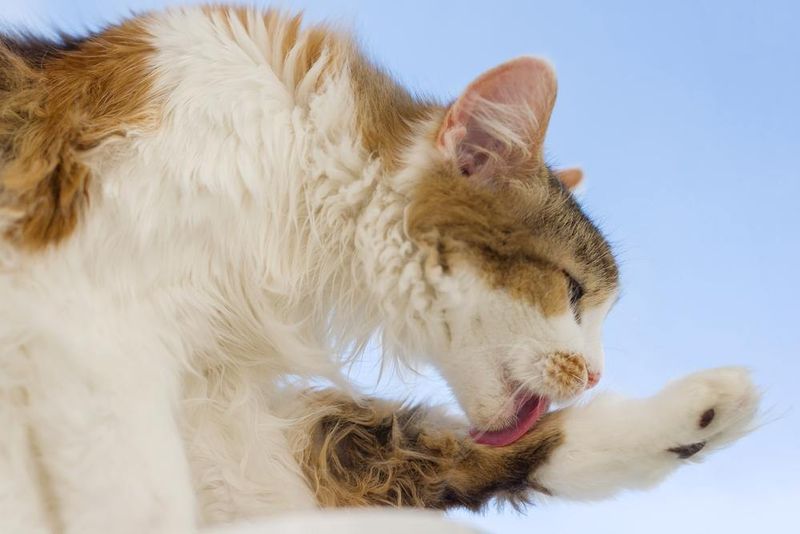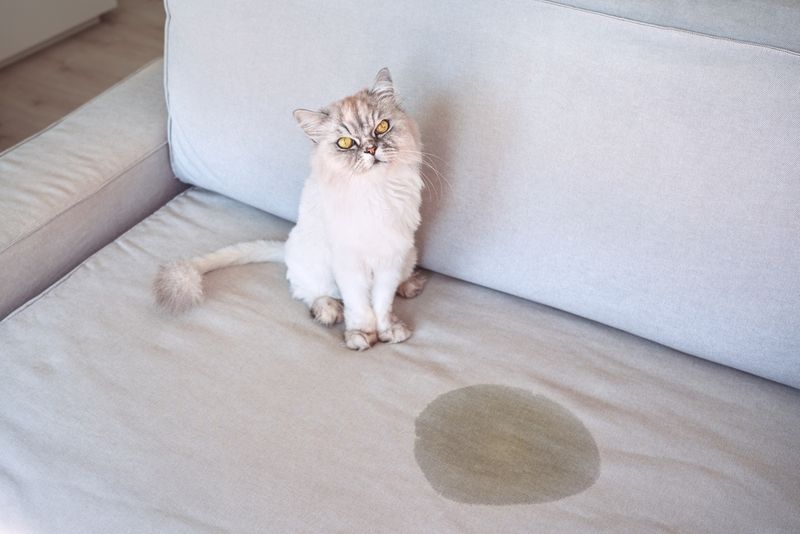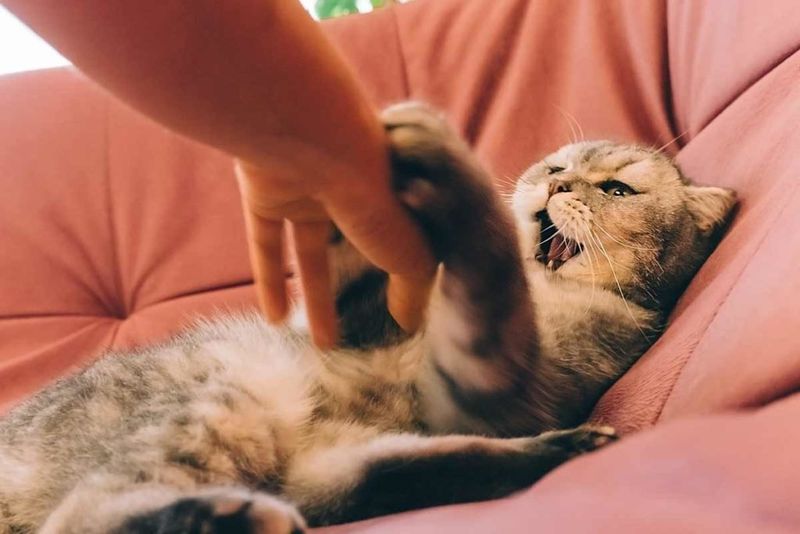📖 Table of Content:
Cats, though often portrayed as aloof or indifferent, are remarkably sensitive creatures. Their alertness to sound, movement, and unfamiliar changes makes them prone to fear-based reactions more often than many realize. When startled, their responses are not just instinctual—they’re layered, revealing deeper needs and unspoken questions.
In moments of fear, your cat might exhibit behaviors that seem confusing or even alarming. From dashing under the bed to sudden aggression, these actions aren’t random—they’re meaningful attempts at communication. Understanding what your cat is truly asking for in these moments can help you offer the comfort and safety they crave.
This article explores ten common things cats do after getting scared and uncovers the emotional undercurrents behind each one. By decoding their post-scare behaviors, we get a clearer picture of how our feline companions process fear—and how we can better support them. These insights can also strengthen your bond and reduce the chances of fear escalating into chronic stress. With the right responses from you, your cat can return to feeling confident and secure more quickly. Read on to uncover the subtleties of feline fear and care.
1. Hide Under Furniture
Sliding silently beneath a couch or bed is often the first move a scared cat will make. This behavior is more than just avoidance—it’s a calculated effort to control their exposure to perceived threats. The dark, enclosed spaces provide comfort by mimicking the secure dens wild cats would retreat to. While it might be tempting to coax them out, doing so can heighten their anxiety. Allowing your cat to stay hidden until they feel safe shows respect for their coping process. Keep noise and movement around their hiding spot to a minimum to help them calm down faster. Eventually, they’ll emerge when their internal alarm settles, signaling that their world feels safe again.
2. Puff Up and Arch Their Back
An arched back paired with puffed-up fur transforms your cat into an exaggerated silhouette, designed to appear larger and more formidable. This visual display isn’t an act of aggression, but a defensive mechanism rooted in instinct. Triggered by fear, it’s an attempt to avoid conflict by scaring off potential threats. The display often includes a side-step posture and sideways glance, meant to increase intimidation while keeping options for escape open. Cats in this state are signaling a very clear “stay back” message. Interrupting or approaching them may escalate their fear, reinforcing the need to maintain distance. Observing quietly and allowing them to de-escalate on their own can be the best support you offer.
3. Run Away and Refuse to Come Out
Dashing out of the room and disappearing for hours can feel like rejection, but for your cat, it’s pure survival instinct. This immediate retreat is a primal flight response, helping them put as much distance as possible between themselves and the perceived danger. Once hidden, they might not return even when the environment has calmed, as residual fear lingers. Patience is key here; following or searching them out may backfire and deepen their fear. Offer food or soft vocal encouragement nearby, but don’t push direct interaction. They need the autonomy to decide when it’s safe to re-engage. When they do return, it’s often a sign that they’ve recalibrated their sense of security.
4. Hiss or Growl
Erupting in a hiss or low growl may startle you, but for a cat, it’s a boundary-setting cry of fear. These sounds are meant to deter and protect, warning others not to come closer. They’re not indicators of a mean or aggressive temperament, but signs of deep unease. Often, this reaction is reserved for situations where they feel cornered or overwhelmed. Backing off immediately validates their attempt to defend their space and gives them room to decompress. If the growling continues, it may suggest they’re struggling to feel safe even as the initial threat subsides. Always observe their body language alongside vocal cues to assess when calm is returning.
5. Freeze or Crouch Low
Crouching low to the ground or freezing in place is your cat’s way of turning invisible in a threatening moment. In their mind, movement equals visibility, so stillness becomes a protective cloak. This behavior may accompany wide eyes and twitching whiskers as they calculate their next move. It’s a moment of intense evaluation, not indecision—they’re deciding between fight, flight, or hiding. Speaking softly or removing stimuli can help them shift out of this paralyzed state. Respecting their need for stillness rather than rushing them encourages recovery. Once they feel less exposed, they’ll resume movement on their own terms.
6. Excessive Grooming
Licking themselves repeatedly after a scare might look like ordinary hygiene, but it’s often a stress relief tactic. Grooming provides a rhythmic, calming ritual that helps lower your cat’s heightened arousal levels. This behavior releases endorphins, offering a biochemical counter to fear. While usually harmless, it can become compulsive if fear or anxiety persists over time. You might notice this in conjunction with skin irritation or thinning fur in overgroomed areas. Creating a peaceful environment can reduce the need for this self-soothing mechanism. If overgrooming becomes chronic, it’s wise to explore deeper stressors or consult your vet.
7. Urinating Outside the Litter Box
Finding a urine puddle in an unusual spot after a frightening event isn’t a spiteful act—it’s a desperate attempt at reclaiming control. Cats may mark territory with urine when they feel their environment is unstable or threatening. The scent reassures them by reinforcing their presence in the space. Sudden noise, visitors, or changes in routine can trigger this reaction. It’s important not to scold them, as punishment only adds to their anxiety. Instead, look for the underlying cause of stress and address it compassionately. Keeping the litter area clean and easily accessible also helps rebuild confidence in its use.
8. Sudden Aggression Toward People or Other Pets
A once-gentle cat turning reactive after being startled can be unsettling. This aggression is often a fear spillover, directed not necessarily at the cause, but at whatever’s nearest. Known as redirected aggression, it occurs when they can’t reach the source of their fear. Other pets or even beloved humans may suddenly become perceived threats. Giving your cat space and time is the safest way to defuse this. Avoid direct eye contact or handling until they’ve calmed significantly. Reintroducing them to others slowly and positively helps repair trust once their panic subsides.
9. Hypervigilance
Eyes darting, ears swiveling, and a tail in constant flick are all signs your cat remains on edge after a scare. This heightened state of alert is a survival holdover—being ready for another shock at any moment. Even in the absence of a new threat, your cat might scan the room obsessively, jumping at small noises or movements. Restoring a calm environment is key to helping them settle. Lowering household volume, maintaining routine, and avoiding surprises give their nervous system a chance to reset. Offer treats and gentle interaction only if they approach you first. Over time, consistent safety helps them relinquish their hyper-alert posture.
10. Clinginess or Following You Everywhere
On the opposite end of hiding, some cats react to fear by seeking constant closeness. Trailing you from room to room, meowing frequently, or insisting on lap time might be their way of anchoring to safety. This behavior shows a deep bond and reliance on you for emotional stability. While it might feel endearing, it’s also a sign that their confidence has taken a hit. Reinforce their independence gently by offering toys or perches near you rather than always holding them. Avoid pushing them away, which may deepen insecurity. With reassurance, they’ll gradually regain their usual balance between closeness and autonomy.


